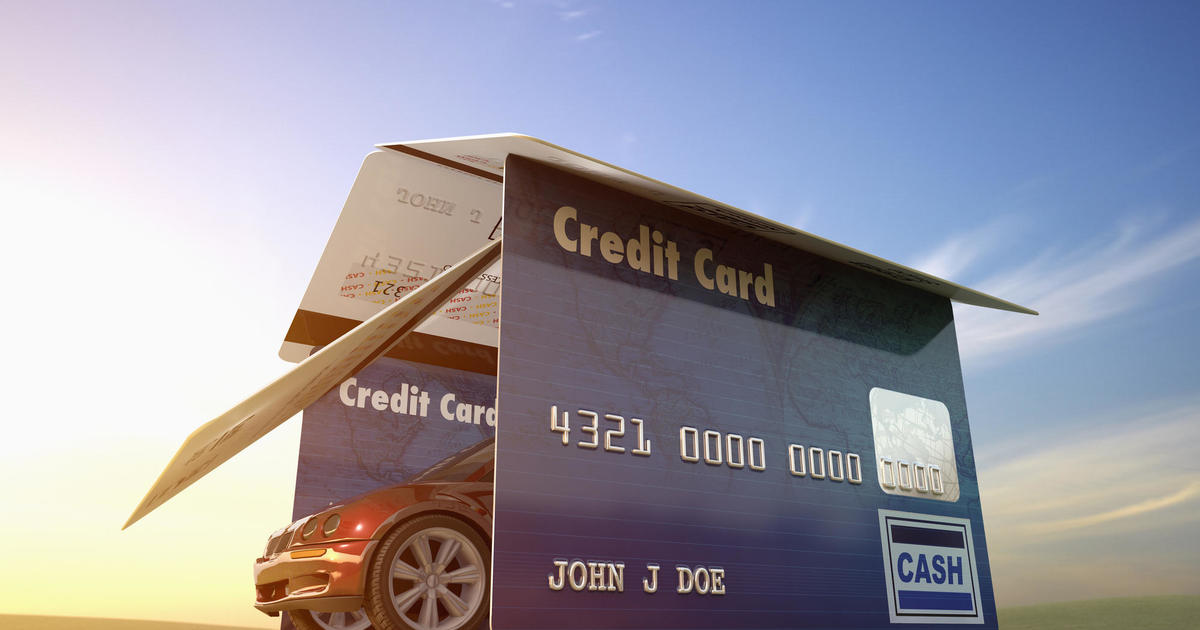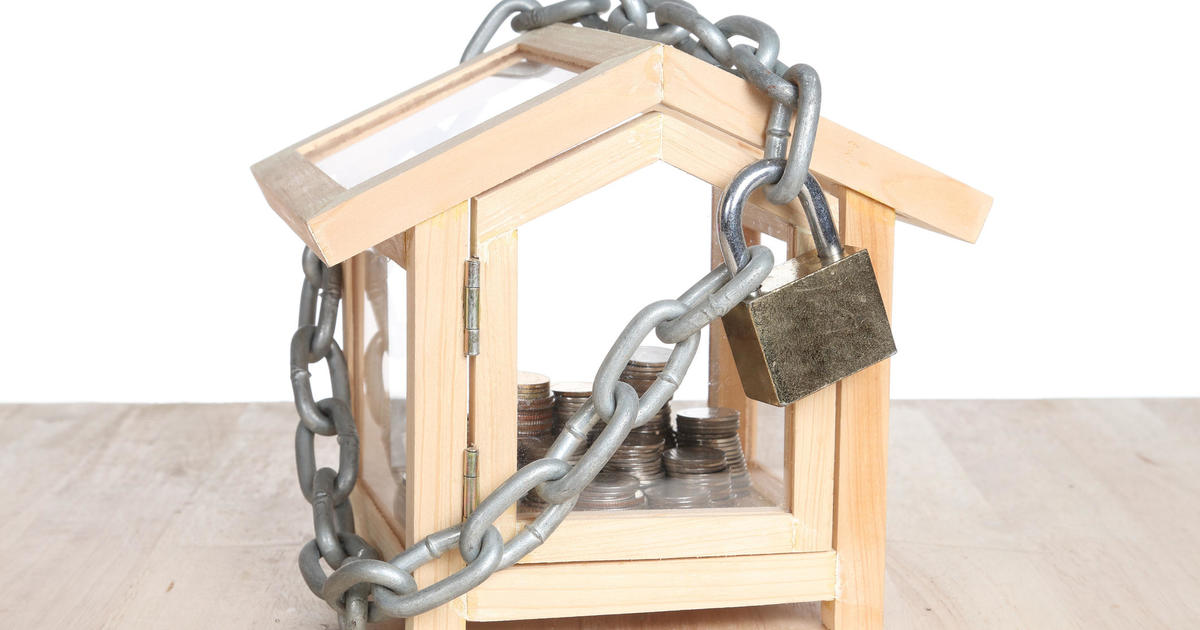20 things you didn't know about dollar bills
A dollar bill might not be worth a lot, especially these days. But it’s still a very complicated piece of legal tender. So, it’s a sure bet that there are a lot of fun, interesting and downright weird facts about the dollar bill that will surprise you. If you’re running out of trivia for cocktail parties or the water cooler, check out these 20 conversation-worthy dollar bill facts.
1) Did you know that Martha Washington, America’s first first lady, once graced the $1 silver certificate? These days, the bill could be worth a nice chunk of change -- even more than $1,000, depending on its quality.
2) The first legal tender $1 note, which was issued during the Civil War, did not feature George Washington. Instead, it featured Salmon P. Chase, Secretary of the Treasury at the time, according to the Federal Reserve Bank of Philadelphia.
3) In the past decade or so, the Federal Reserve has redesigned the $5 bill, the $10 bill, the $20 bill and the $50 bill. But the $1 bill? Nope. Unlike the $10 bill that’s expected to get a makeover, the $1 bill’s design has remained unchanged since 1963, reported The Atlantic in 2014. The main reason is “because the $1 note is infrequently counterfeited,” according to the U.S. Department of Treasury.
4) In 2016, there were 11.7 billion $1 bills in circulation, according to the Federal Reserve System. That compares to:
- 11.5 billion $100 bills
- 8.9 billion $20 bills
- 1.9 billion $10 bills
- 2.8 billion $5 bills
The $2 bill had the fewest in circulation at 1.2 billion bills.
5) Yes, we know it’s worth the least of the bills in circulation. But the dollar bill is also the least expensive to produce, costing only 5.4 cents per note -- the same cost to produce a $2 bill, according to the Federal Reserve. The $50 bill is the most expensive at 19.4 cents a bill. The $100 bill costs only 15.5 cents per note.
6) We might call it paper money, but it’s not actually paper. In fact, currency paper in the U.S. is 75 percent cotton and 25 percent linen, according to the Bureau of Engraving and Printing.
7) A one dollar bill falls out of circulation, on average, after 5.8 years, according to the Federal Reserve Bank. That’s compared to the $10 bill’s low 4.5-year lifespan and a high of 15 years for the $100 bill.
8) In 2002, a study by the U.S. Air Force found that 94 percent of 68 dollar bills that were tested had bacteria on them. The bacteria included some that could cause pneumonia and other infections, reports the Scientific American magazine.
9) Bacteria is not the only bad stuff residing on dollar bills. Ninety percent of paper money in U.S. cities hold traces of cocaine on it, reported CNN in 2009. In fact, cocaine showed up 100 percent of the time in the following cities: Detroit, Boston, Orlando, Miami and Los Angeles.
10) If you thought that a mutilated, torn or even incomplete dollar bill is worthless, think again. You can tape two halves of a dollar bill together and a bank will replace it, reports TIME Money. In fact, as long as you have three-quarters of the bill, you should be able to exchange it for a whole $1 bill.
11) Want to know where your dollar bill has been? It could be possible, thanks to a site called Where’s George. You enter the serial number of your bill and the site tracks it. To date, there have been more than 270 million bills entered.
12) It took six years for Congress to agree on and approve the design of the Great Seal of the U.S., which is featured prominently on the back of the dollar bill, according to the Federal Reserve Bank of Philadelphia.
13) Look at the eagle on the back of your $1 bill. The arrows in the eagle’s left talon represent war, while the olive branch in the proud bird’s right talon represents peace, according to the Federal Reserve Bank of Philadelphia.
14) “Annuit Coeptis,” which is written above the pyramid, means “Providence Has Favored Our Undertakings.” Below the pyramid, the words “Novus ordo seclorum” means “A New Order of the Ages,” which refers to our historic form of government.
15) Remember those arrows in the eagle’s left talon? There are 13 of them. On the Great Seal, there are also 13 stripes and 13 stars to denote the original 13 colonies. There are also 13 “steps” on the pyramid.
16) Benjamin Franklin advocated for the national bird to be a turkey because he thought it was a “more respectable bird,” according to the Federal Reserve Bank of Philadelphia. He and Jefferson wanted the seal to include an Egyptian pharaoh, too.
17) At the base of the pyramid on the back of every dollar bill are the Roman numerals MDCCLXXVI. That is the symbol for 1776, when the Declaration of Independence was signed.
18) On your dollar bill, there are serial numbers with two letter and eight numbers. The first letter (which will be between A and L) indicates which bank issued the bill. The letters stand for:
- A = Boston
- B = New York
- C = Philadelphia
- D = Cleveland
- E = Richmond
- F = Atlanta
- G = Chicago
- H = St. Louis
- I = Minneapolis
- K = Dallas
- L = San Francisco
19) Grab a magnifying glass and check out the top right corner of a dollar bill. Just to the left of the top of the “1” there is what appears to be either a tiny spider or owl in the “webbing” pattern.
20) Look very closely at the fourth row of the pyramid on the back of the dollar -- it might require a magnifying glass. You’ll see what appears to be a smiling face, somewhat ghostlike. Was it purposely designed or not? We might never know.
More from GoBankingRates:



